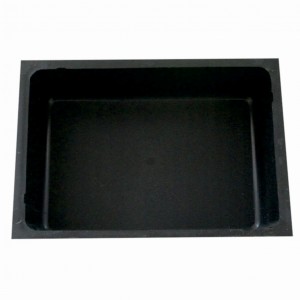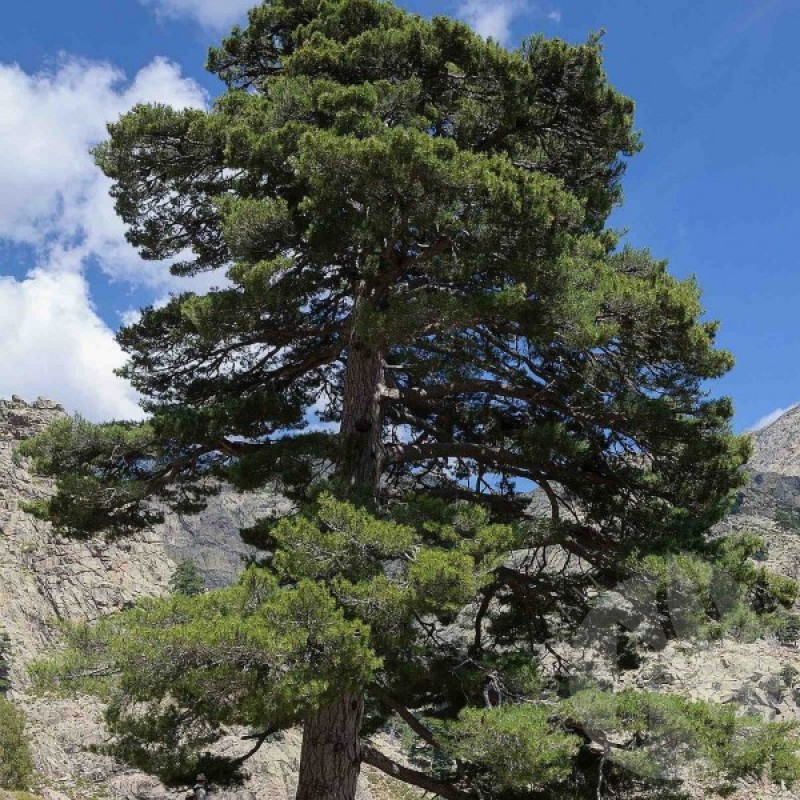
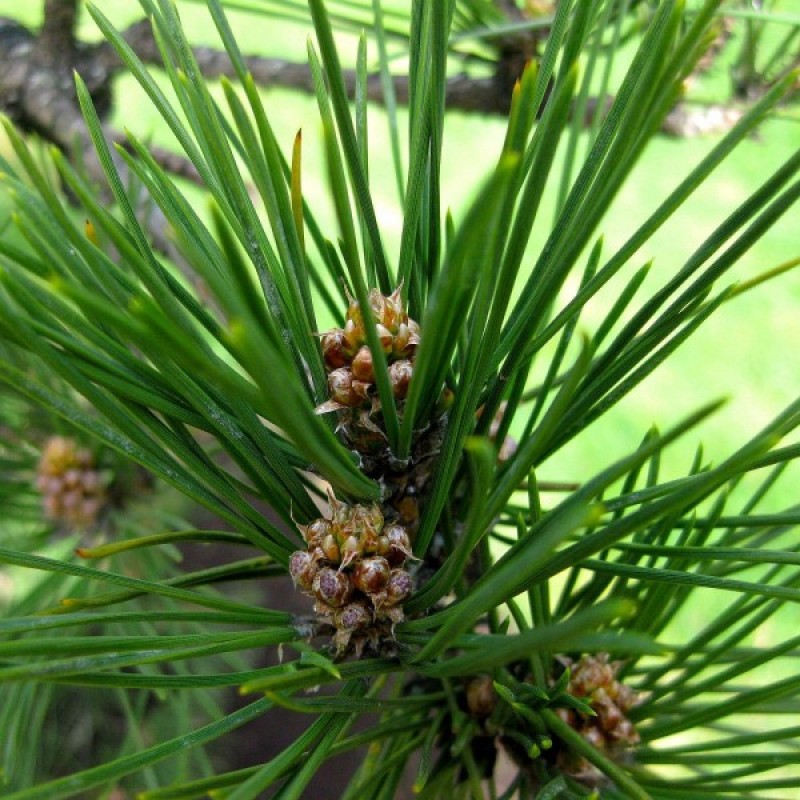
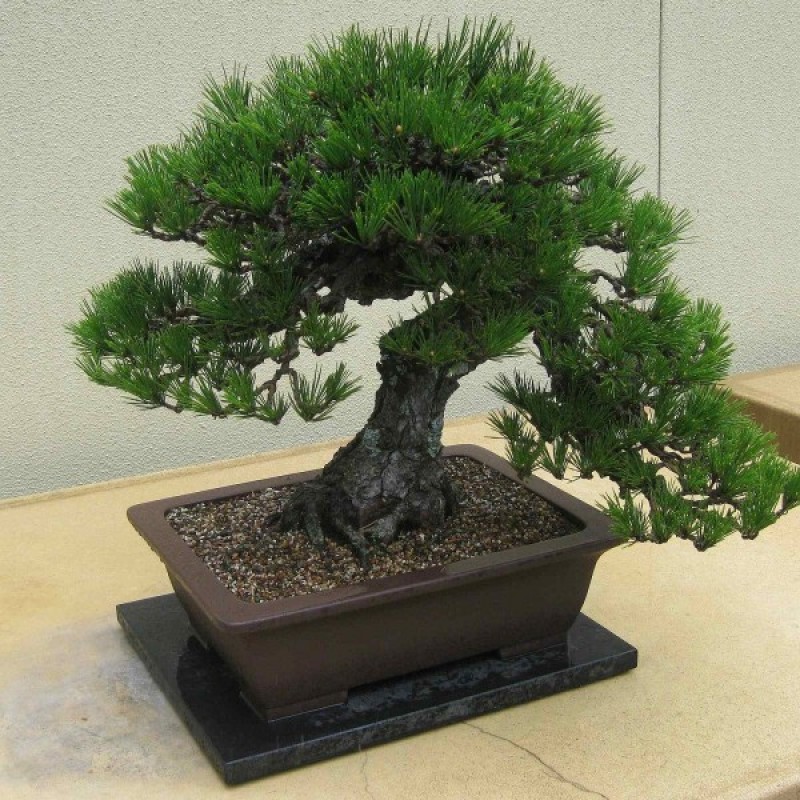
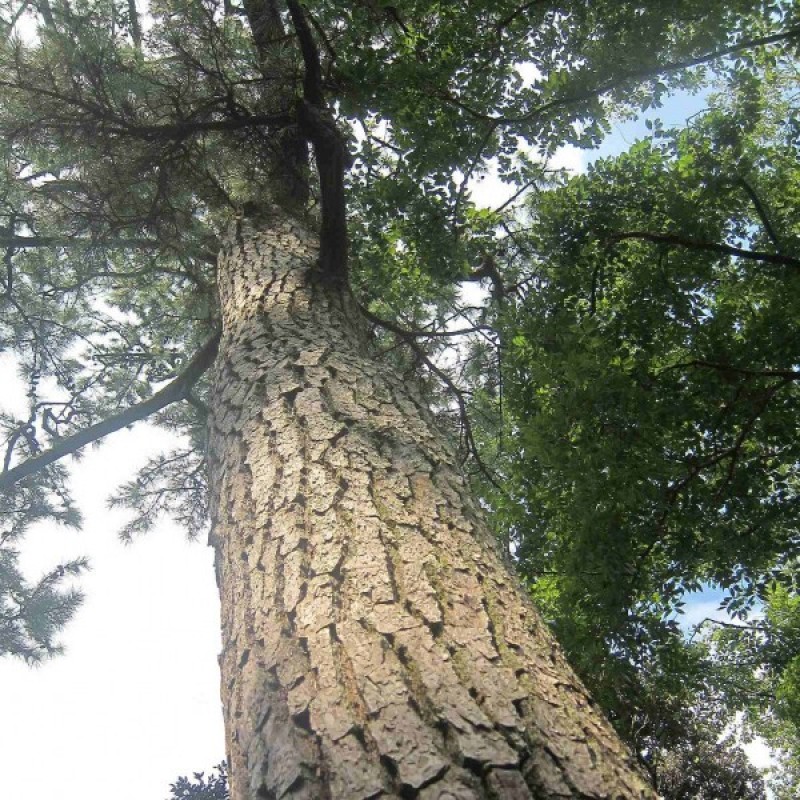
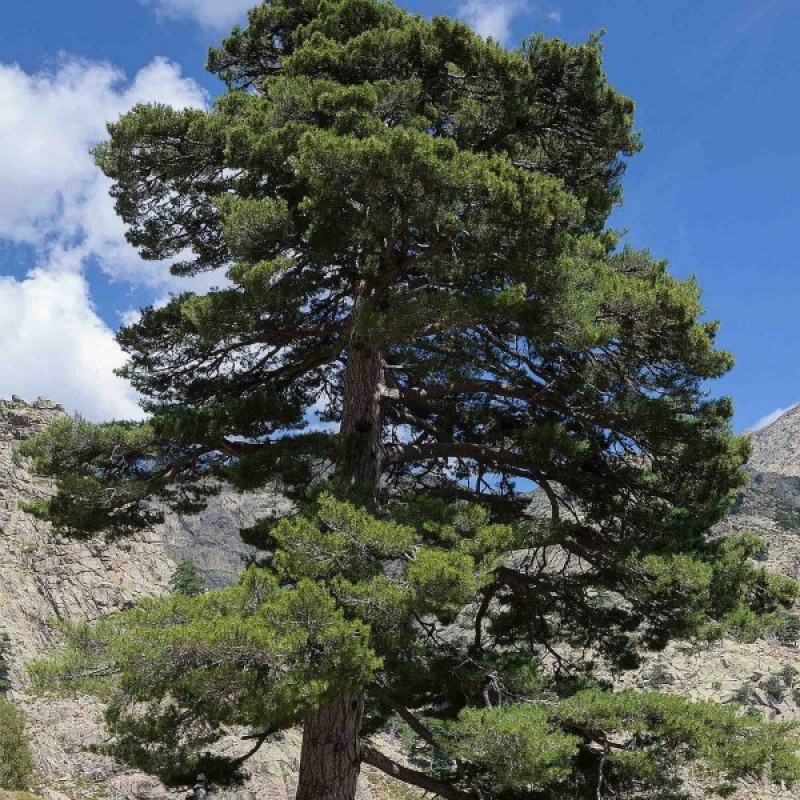
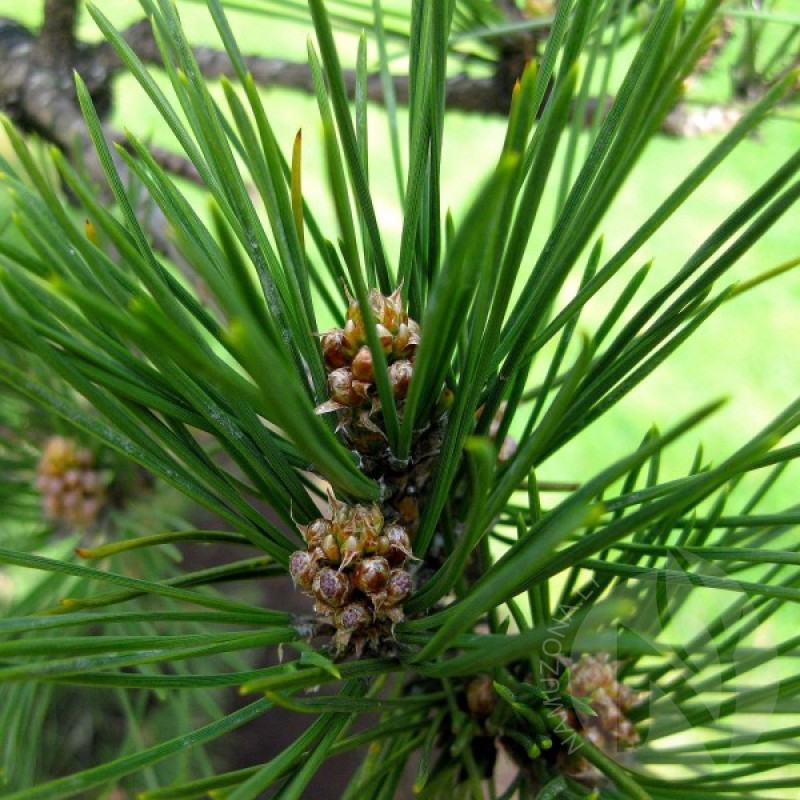
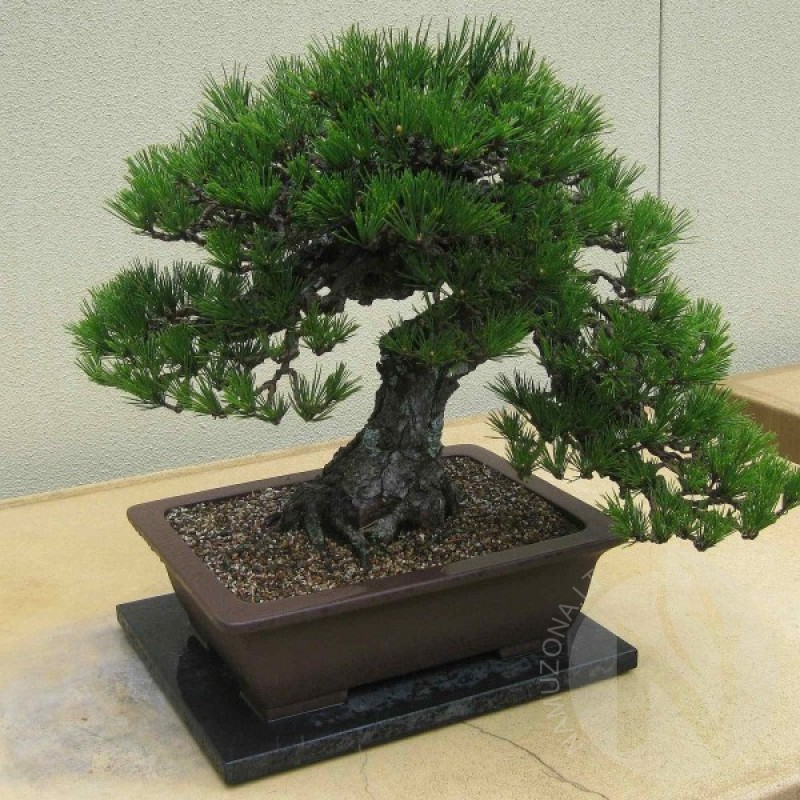
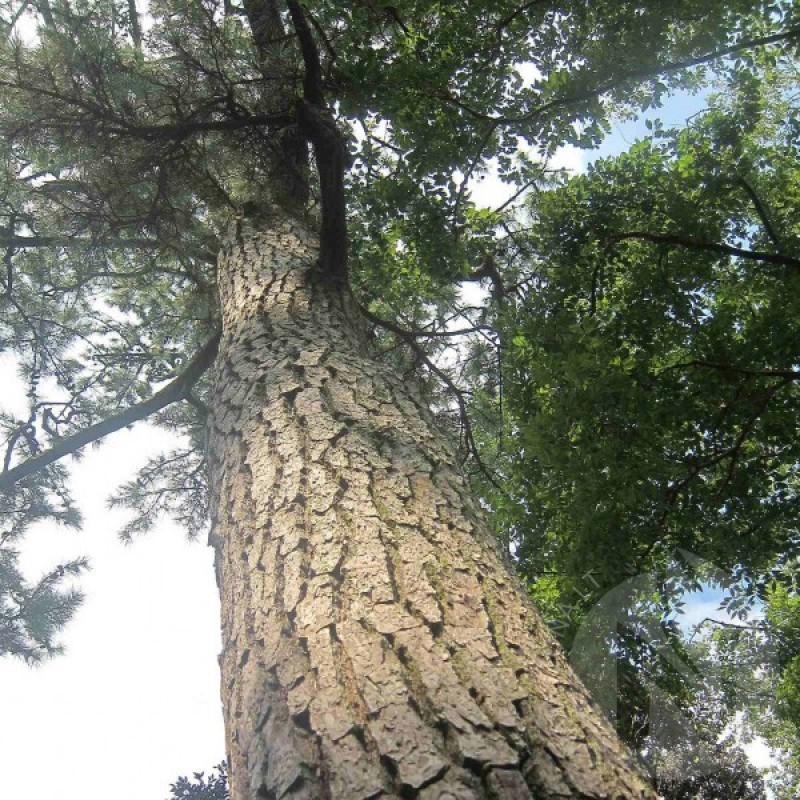
PAY ATTENTION!
All seeds (except SOLD OUT) are available for immediate shipping and will be dispatched within 1-2 business days.
INFORMATION NEEDED? PLEASE CONTACT US NOW!
Japanese black pine, a native of eastern Asia, is an evergreen tree with stiff, dark green, twisted needles. In spring the upright, silvery new shoots are displayed like white candles against the dark foliage. Dense and pyramidal when young, the habit becomes open and irregular with age, exposing the picturesque, twisting branches. Japanese black pine excels in full sun and well drained soil, being both drought and salt tolerant. Use as an intriguing specimen or in a naturalistic setting as a screen or windbreak.
Thrives in a light well-drained sandy or gravelly loam. Dislikes poorly drained moorland soils. Established plants tolerate drought and maritime exposure. The Japanese black pine bears cones whilst still young and produces cones very freely in Britain. The trees thrive in Britain but do not grow very large and are probably not going to be long-lived. Young trees grow about 50cm per year but this soon tails off and older trees average less than 30cm per year. Plants are strongly outbreeding, self-fertilized seed usually grows poorly. They hybridize freely with other members of this genus. Plants in this genus are notably susceptible to honey fungus.
Genus - Pinus
Species - Thunbergii
Common name - Japanese Black Pine
Pre-Treatment - Required
Hardiness zones - 5 - 8
Height - 20'-80' / 6 - 24 m
Spread - 20'-40' / 6 - 12 m
Plant type - Tree
Vegetation type - Evergreen
Exposure - Full Sun
Growth rate - Medium
Soil PH - Acidic, Neutral
Soil type - Loam, Sand, Well Drained
Water requirements - Average Water
Landscape uses - Feature Plant, Screening / Wind Break, Shade Trees, Topiary / Bonsai / Espalier
Leaf / Flower color - Green / --
GERMINATION INSTRUCTIONS
1. Place the seeds in a container with tepid water and soak them for 24 hours
2. Put the seeds in a small plastic bag and cover with damp sand. Place the bag holding the seeds in the refrigerator for one month to stratify the seeds, which is preserving seeds in layers of moisture-laden peat, soil or sand. Check the sand and water as needed to maintain moisture. Don't allow the seeds to get soaked.
3. Fill small pots with compost. Place one or two pine seeds on top of the compost in each pot, then cover the seeds with 5 mm layer of sand.
4. Water the sand and compost to add moisture, then place the pots in a warm, sunny location. As the seedlings emerge and grow, the soil needs to remain moist, not wet.
5. Repot the pine trees into medium-sized pots in the fall. Grow them in the pots for the following season until they are large and strong enough for transplanting into the landscape.
Atsiliepimų apie šią prekę kol kas nėra.
No questions about this product.







